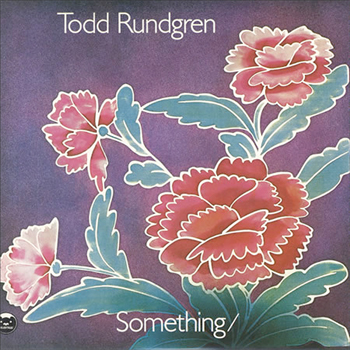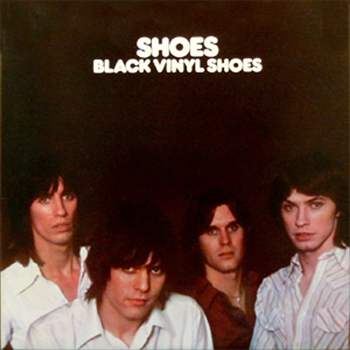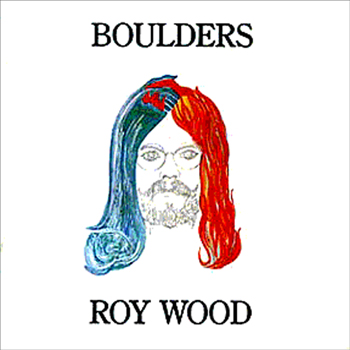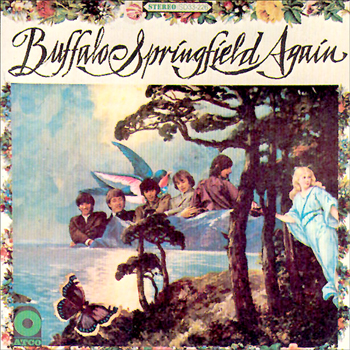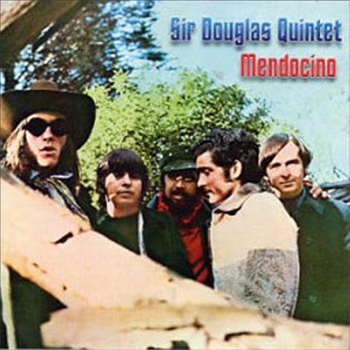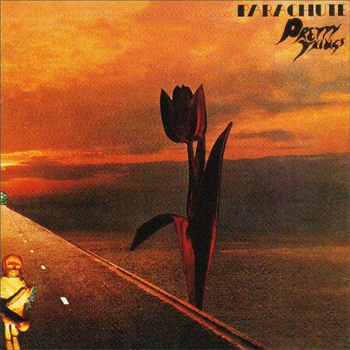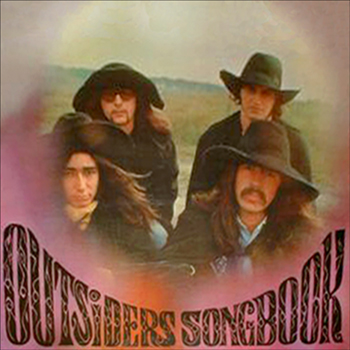The American Dream (self-titled)
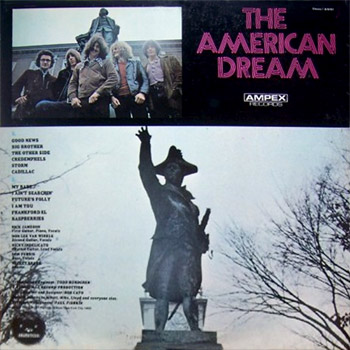
Todd Rundgren produced this lost Philadelphia band’s only album back in 1970 off the Ampex record label. The American Dream’s album blends power pop, lite psychedelia, blazing hard rockers, folk-rock and roots music effectively throughout its 12 songs (almost 50 minutes of good music!).
Key influences are not a surprise, as listeners may hear strands of Crosby Stills Nash and Young, the Nazz, and the Beatles. The playing is full of youthful energy and the band manages to balance out hard rockers with attractive folk-rock power ballads. Raspberries has a slight psychedelic hangover, as it begins with a phased drum intro and showcases some wigged out guitar playing. Other quality songs like the Other Side, Storm (full of great Beatles-like melodies), I Ain’t Searchin’ and I Am You are predominately acoustic, tastefully arranged and have some great hook laden CSNY harmonies. Good News, a song that begins with a telephone conversation, eventually segues into some pretty country-rock harmonies. It’s a typical relationship hard rocker in which the band humorously shouts out “don’t be a jerkoff” at the end of the chorus. The third track of the original lp is the real highlight of this very solid collection. Big Brother has classic late 60’s psych lyrics (“listen to the words he is saying, conjuring the games he is playing”) and intense early Who power chords (it really sounds like an excellent Nazz outtake) that make it a real killer and a treat for fans of British rock.
The American Dream stood out from the local crowd with their strong, exciting songwriting and 3 guitar lineup. From this point, my knowledge of the American Dream ends. Can anyone provide further info on this great lost American band? Were there prior or post American Dream bands and did they release any singles or albums?
“Big Brother”
![]() Original Vinyl | 1970 | Ampex | search ebay ]
Original Vinyl | 1970 | Ampex | search ebay ]
[ American Dream on Myspace ]
